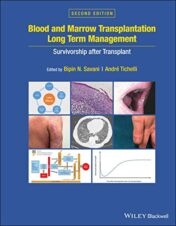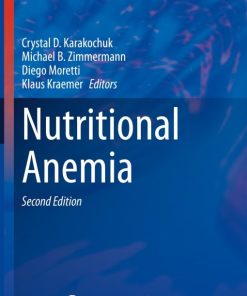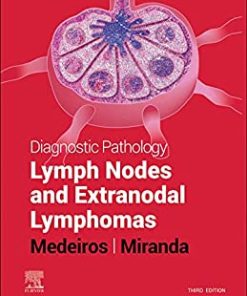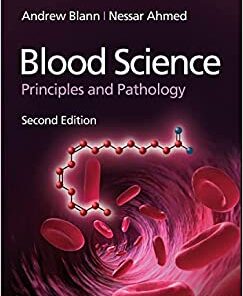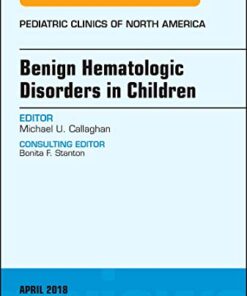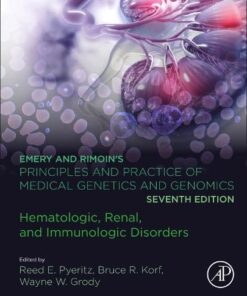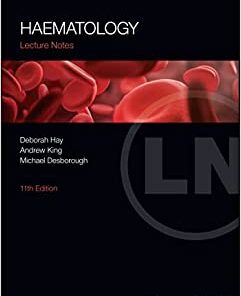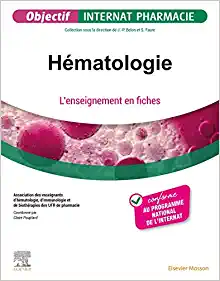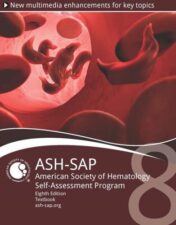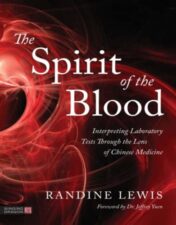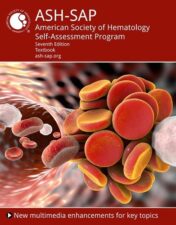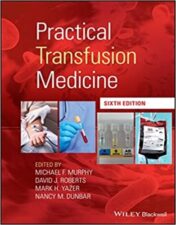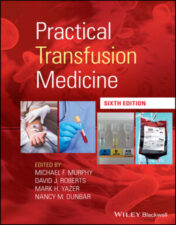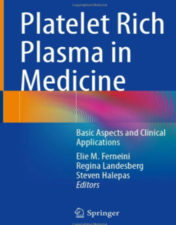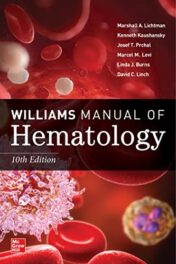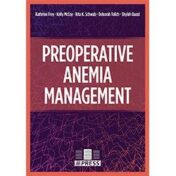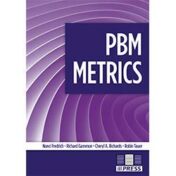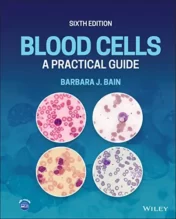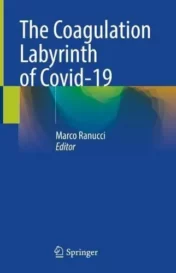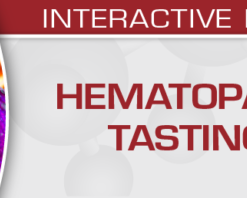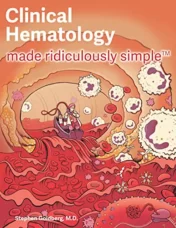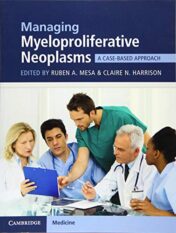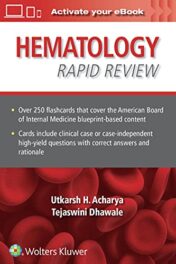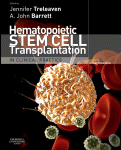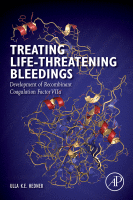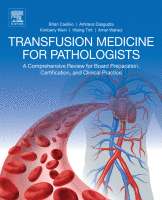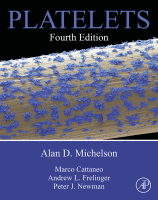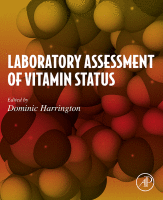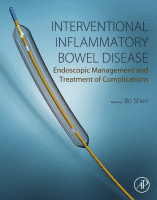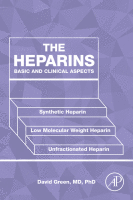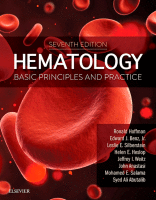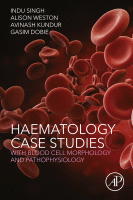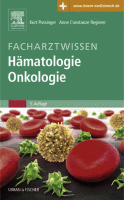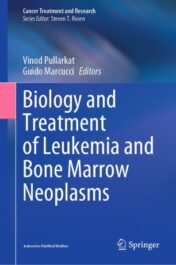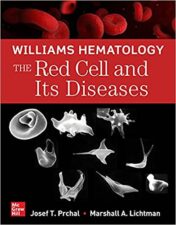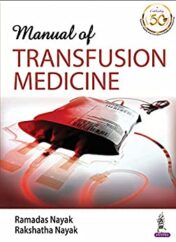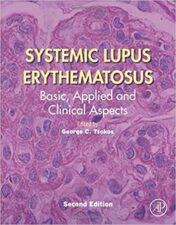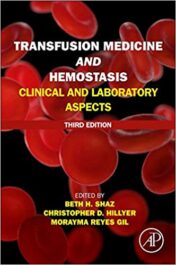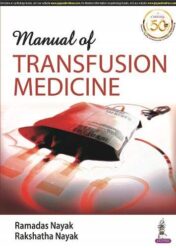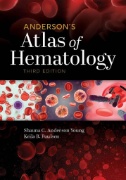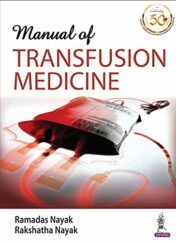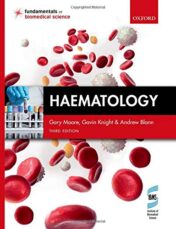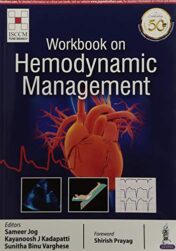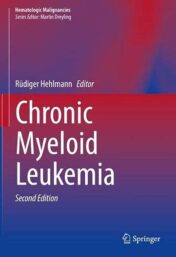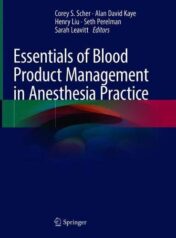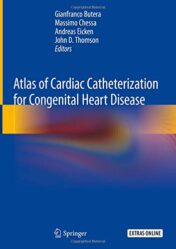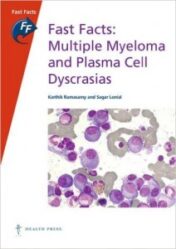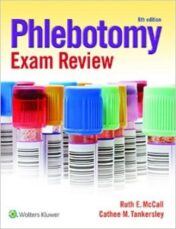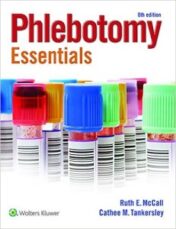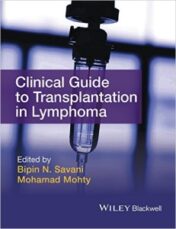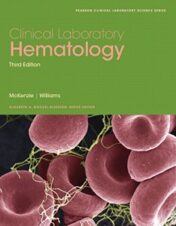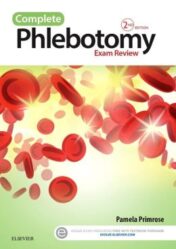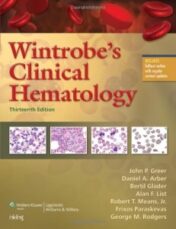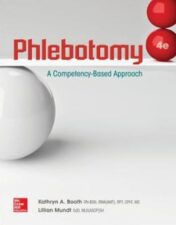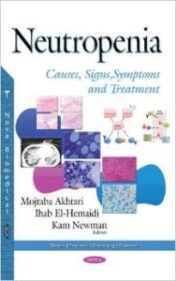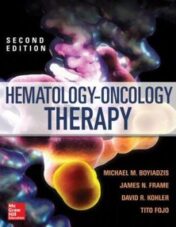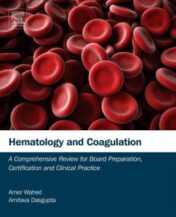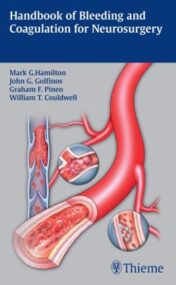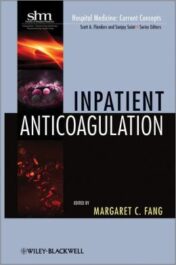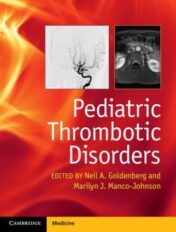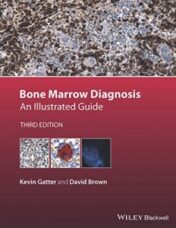Blood and Marrow Transplantation Long Term Management: Survivorship after Transplant,2nd Edition (Original PDF)
$10
Blood and Marrow Transplantation Long Term Management: Survivorship after Transplant,2nd Edition (Original PDF)
The development of less toxic pretransplant conditioning regimens, more effective prophylaxis of graft-versus-host disease (GVHD), improved infection control, and other advances in transplant technology have resulted in a rapidly growing number of transplant recipients surviving long-term free of the disease for which they were transplanted. The changes over decades in the transplant recipient population and in the practice of HCT will have almost inevitably altered the composition of the long-term survivor population over time. Apart from an increasingly older transplant recipient cohort, the pattern of transplant indications has shifted from the 1990s when chronic myeloid leukemia made up a significant proportion of allo-HCT indications. Changes in cell source, donor types, conditioning regimens, GVHD prophylaxis, and supportive care have all occurred, with ongoing reductions in both relapse and non-relapse mortality (NRM) have been demonstrated.
These patients have increased risks for a variety of late complications, which can cause morbidity and mortality. Most long-term survivors return to the care of their local hematologists/oncologists or primary care physicians, who may not be familiar with specialized monitoring and management of long complications after HCT for this patient population. As HCT survivorship increases, the focus of care has shifted to the identification and treatment of long-term complications that may affect quality of life and long-term morbidity and mortality.
Preventive care as well as early detection and treatments are important aspects to reducing morbidity and mortality in long-term survivors after allo-HCT. This second edition, Blood and Marrow Transplantation Long-Term Management: Survivorship after Transplant, provides up-to-date information about diagnosis, screening, treatment, and long-term surveillance of long-term survivors after HCT.
Related Products
HEMATOLOGY Books
HEMATOLOGY Books
HEMATOLOGY Books
Hématologie: L’enseignement en fiches (Original PDF from Publisher)
HEMATOLOGY Books
HEMATOLOGY Books
HEMATOLOGY Books
Blood Cells: A Practical Guide 6th Edition 2022 Original pdf
HEMATOLOGY Books
HEMATOLOGY Books
HEMATOLOGY Books
HEMATOLOGY Books
Williams Manual of Hematology, Tenth Edition 2022 Original PDF
HEMATOLOGY Books
Hematology-Oncology Therapy, Third Edition 2022 Original PDF
HEMATOLOGY Books
Williams Manual of Hematology, 10th Edition 2022 Original pdf
HEMATOLOGY Books
Preoperative Anemia Management With Flashcard 2019 Original PDF
HEMATOLOGY Books
HEMATOLOGY Books
HEMATOLOGY Books
HEMATOLOGY Books
Blood Cells: A Practical Guide, 6th Edition 2021 Original PDF
HEMATOLOGY Books
HEMATOLOGY Books
Hematology Rapid Review: Flash Cards First Ed 2021 Original pdf
HEMATOLOGY Books
HEMATOLOGY Books
HEMATOLOGY Books
HEMATOLOGY Books
HEMATOLOGY Books
HEMATOLOGY Books
HEMATOLOGY Books
HEMATOLOGY Books
HEMATOLOGY Books
HEMATOLOGY Books
Essential Current Concepts in Stem Cell Biology 2020 ORIGINAL PDF
HEMATOLOGY Books
HEMATOLOGY Books
HEMATOLOGY Books
Workbook on Hemodynamic Management (ISCCM) (HTML-Converted PDF)
HEMATOLOGY Books
HEMATOLOGY Books
HEMATOLOGY Books
HEMATOLOGY Books
Atlas of Cardiac Catheterization for Congenital Heart Disease
HEMATOLOGY Books
HEMATOLOGY Books
HEMATOLOGY Books
HEMATOLOGY Books
HEMATOLOGY Books
HEMATOLOGY Books
HEMATOLOGY Books
HEMATOLOGY Books
Practical Flow Cytometry in Haematology: 100 Worked Examples
HEMATOLOGY Books
HEMATOLOGY Books
HEMATOLOGY Books
HEMATOLOGY Books
HEMATOLOGY Books
HEMATOLOGY Books
HEMATOLOGY Books
HEMATOLOGY Books
HEMATOLOGY Books
HEMATOLOGY Books
HEMATOLOGY Books

